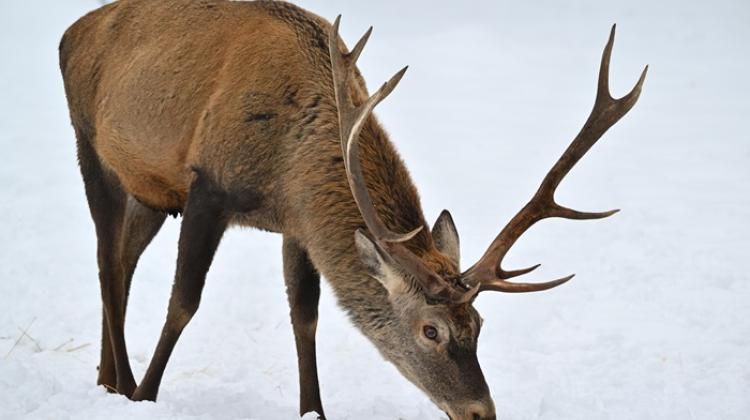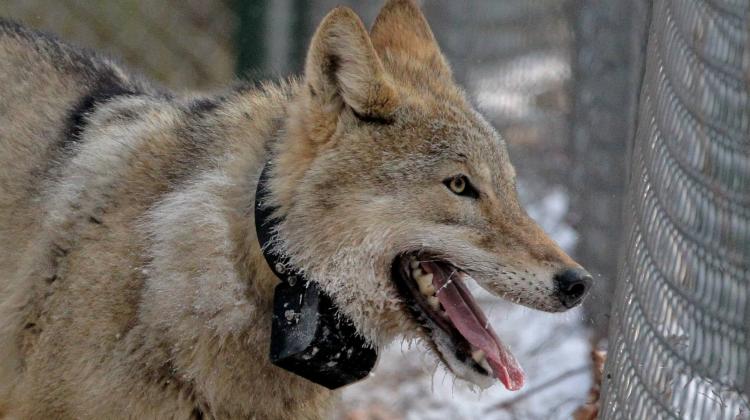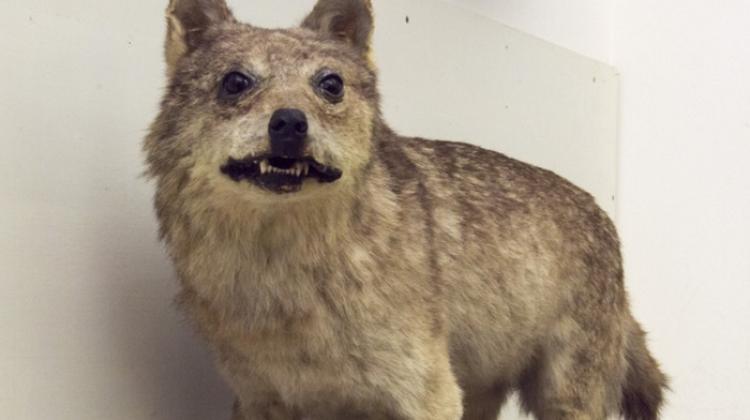European Ice Age Hunters Ate Wolf Meat, Say Scientists
Europeans living in the Ice Age (approx. 30,000 years ago) ate wolf meat, according to Polish archaeologists.
While carrying out excavations in the villages of Pavlov and Dolní Věstonice near Brno in the Czech Republic, Czech archaeologists had earlier discovered thousands of flint artefacts, numerous tools and decorations made of materials such as reindeer bones, the teeth of arctic foxes and mammoth tusks, as well as tens of thousands of other animal bone fragments scattered among the remains of huts.
Dr. Piotr Wojtal from the Institute of Systematics and Evolution of Animals of the Polish Academy of Sciences in Kraków who has been re-examining the remains said: “Until now, scientists were convinced that wolves and other predators were the target of hunting primarily because of their skins, and certainly not as a source of meat.
“Meanwhile, during the examination of their bones, we came across dozens of specimens with clearly visible traces of cutting.
“Some marks were left by Palaeolithic hunters when removing skins, but there are also those that can be associated only with dividing the carcass into smaller portions.”
He added: “Bones of herbivores usually dominate within human settlements from this period, because they were probably more eagerly consumed.
“But it seems understandable that in the case of hunting a wolf, discarding meat was a considerable loss, especially during periods of lower availability of food. Therefore, it seems that all parts of the predators' body were used.”
In Pavlov, in addition to the remains of small and medium-sized predatory animals, researchers also found bones and teeth of the largest predators of the Pleistocene mammoth steppe: the cave lion and cave and brown bears
Wojtal said: “Although the remains of lions and bears are not very numerous, they also bear traces confirming that the hunters of that time used the carcasses of killed carnivores. As in the case of wolves, wolverines and foxes, the traces of cuts on the bones of lions and bears also indicate removing the skins and dividing the carcass', the researcher points out.
“Therefore, the meat of these large predators was also eaten by Palaeolithic hunters.”
The latest results of research on the remains of predators from the Gravettian sites in Central Europe appeared in the Journal of Anthropological Archaeology.
Co-authors of the article are Jiří Svoboda from the Czech Academy of Sciences and Masaryk University and Martina Roblíčková from the Moravian Museum in Brno. (PAP)
author: Szymon Zdziebłowski
szz/ zan/ kap/
tr. RL
Przed dodaniem komentarza prosimy o zapoznanie z Regulaminem forum serwisu Nauka w Polsce.



















